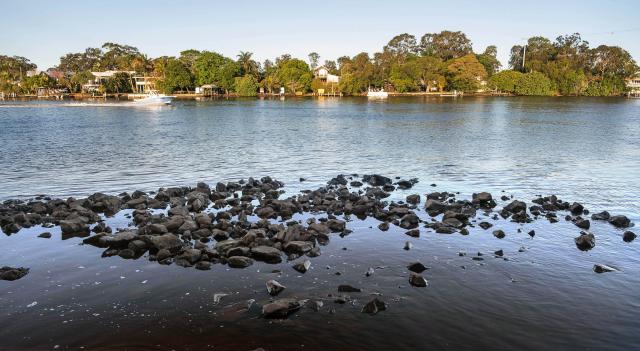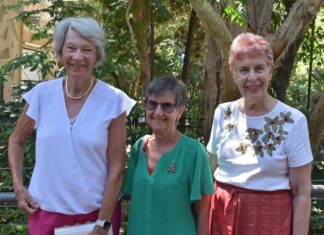
The motion to note the final report from The Nature Conservancy and thank them for their professionalism was carried 4-3, with Crs Stockwell, Wegener, Wilkie and Jurisevic in favour.
This project is about caring for country.
Noosa Council has consistently supported the Oyster Reef Restoration initiative because we embrace the obligation and the opportunity as contemporary custodians to protect, restore and enhance this community’s land and water-based ecosystems, within legal reach of our care and responsibility.
We understand that, just as forests clean the air and provide habitat for land-based animals, oyster reefs clarify the water and provide habitat for marine creatures, improving water quality and enriching marine biodiversity.
We appreciate that, once factually informed of the impacts of human activity on our community’s natural assets, doing nothing about it was not an option.
The report by Dr Ruth Thurstan of the University of Queensland showed oyster reefs were once abundant throughout the Noosa River system as were vastly greater numbers of fish.
The Seagrass Survey indicated that, in our lifetime between 1987 to 2020, the decline in Noosa River’s seagrass has been up to 100 per cent in some areas.
Noosa council is proud to support evidence and science-backed initiatives like this one, that aim to restore and leave our natural assets in a better shape for future generations.
And partnerships are the best way to tackle complex and ambitious projects requiring high-level expertise, permits for something that’s never been done before and community education programs.
This oyster reef restoration project is backed by arguably the most extensive partnership involving the most contributors ever seen in Noosa Shire.
Noosa Council has consistently aimed to play its part in working with three levels of government, the world’s leading environmental organisation The Nature Conservancy, the traditional owners, the Thomas Foundation and numerous community, businesses and Non-Government Organisations to improve the health, resilience and biodiversity of the Noosa River.
I’d like to acknowledge some of the groups involved, the Kabi Kabi, The Nature Conservancy, Australian Marine Conservation Society, Noosa Parks Association, Maritime Safety Qld, Noosa Environmental Education Hub, Noosa Integrated Catchment Association, Noosa Community Biosphere Association, Noosa Biosphere Reserve Foundation, Tourism Noosa, Resource Recovery Australia, Noosa Landcare, Ozfish, the Bribie Island Research Centre and our partners in the Department of Environment and Science (QLD)
The great naturalist Sir David Attenborough has consistently urged communities and all levels of government to do everything in their power to address the decline in our life-sustaining ecosystems and biodiversity.
To this end, the Federal Government also responded by granting $20 million to the Nature Conservancy to help restore oyster reefs around Australia, because they understand these projects strengthen communities and economies while protecting biodiversity. TNC has dedicated $1.2million of these funds, on top of the $1.2million they’ve already committed to this project ($2.4million in total contribution) to match Noosa Council’s $1.2million.
Noosa is one of at least 13 coastal communities – from south-east Queensland right around Australia’s coastline to Perth in Western Australia where the TNC is doing such work.
The Nature Conservancy have the stated aim of rebuilding 60 reefs across southern Australia. Eleven projects have been reported to be completed, or nearly completed so far.
It’s a privilege to work with people who feel the responsibility we have for our natural assets, and who are prepared to take informed action to care for them.






